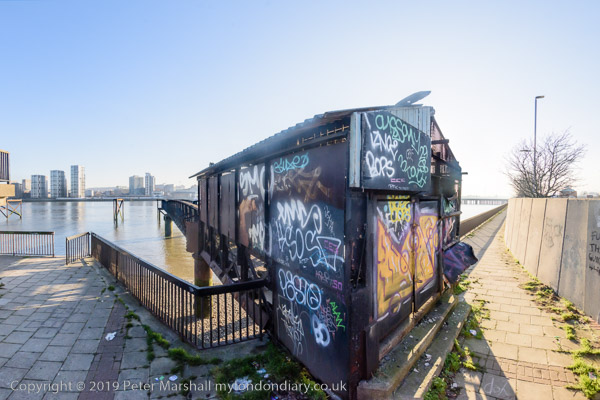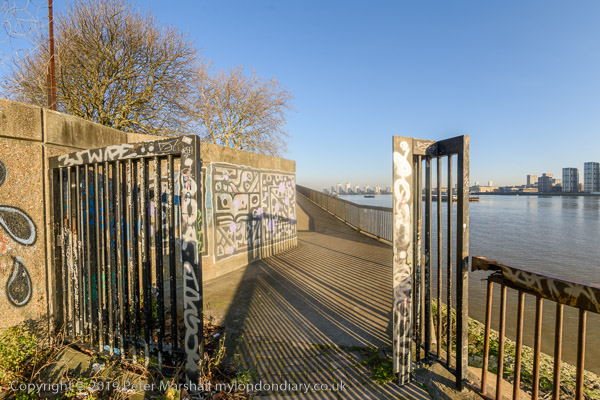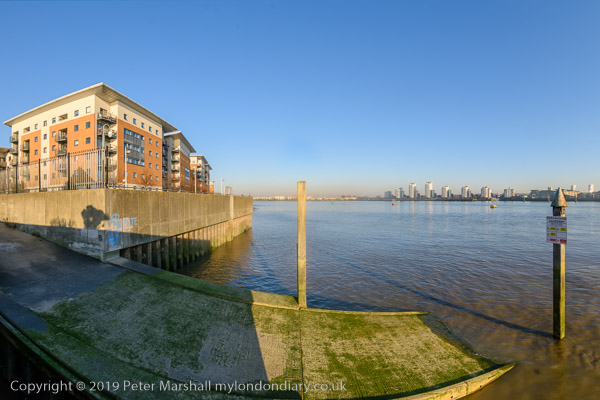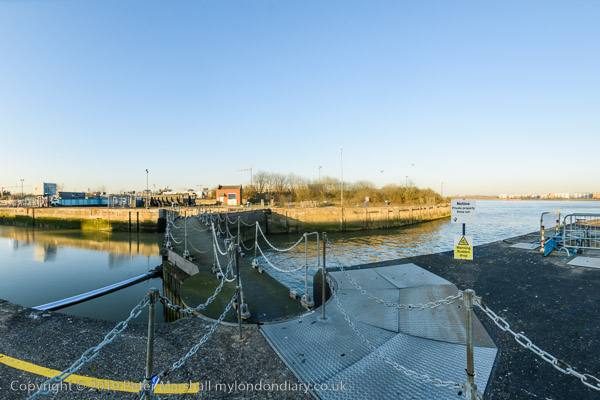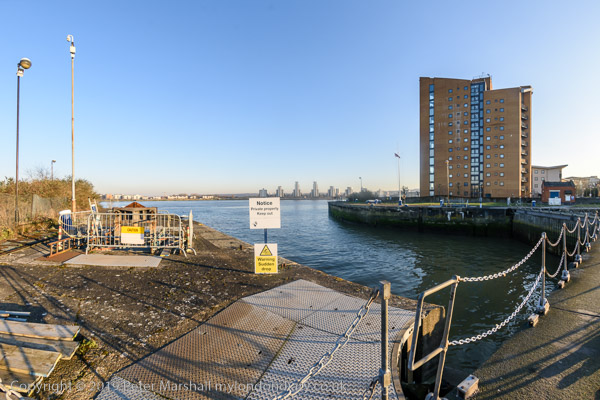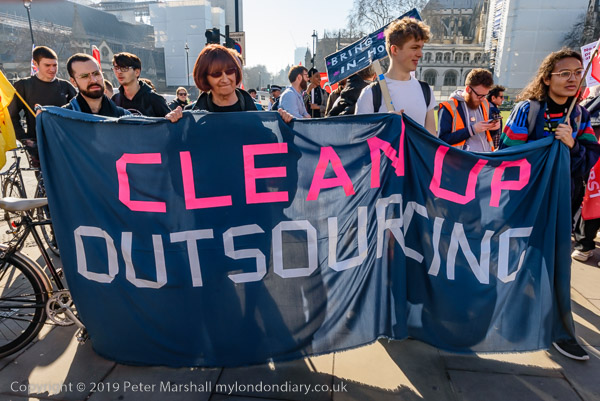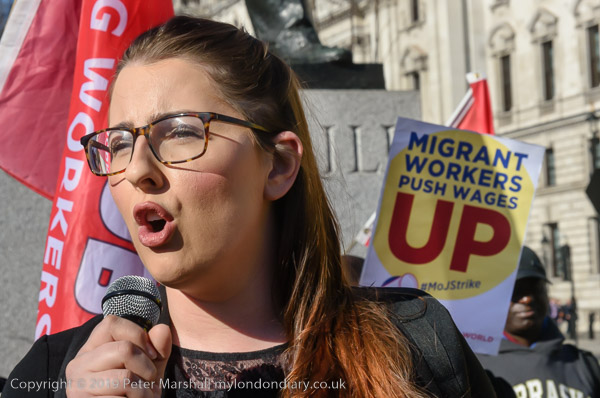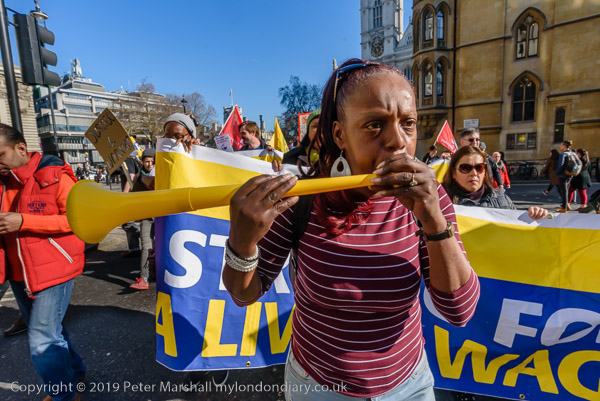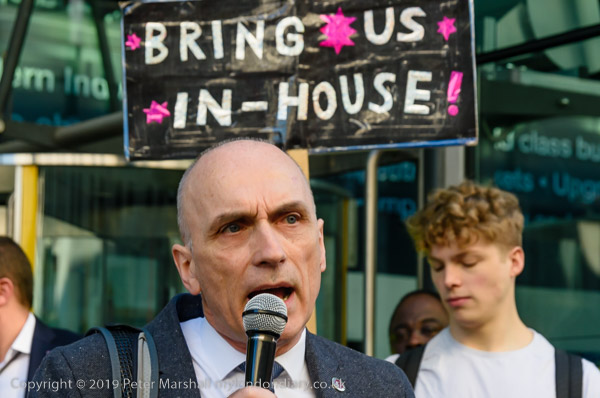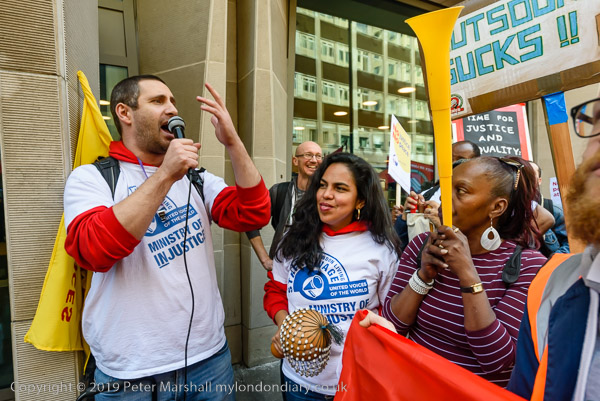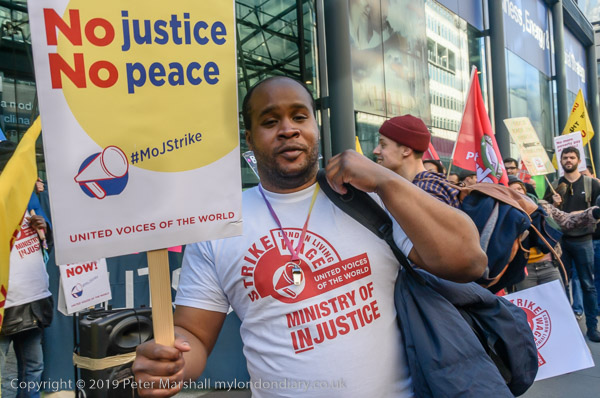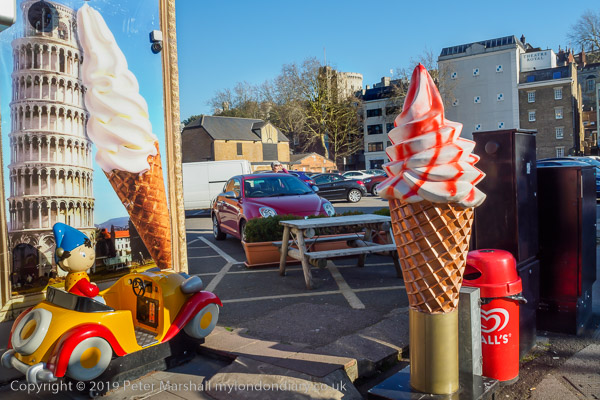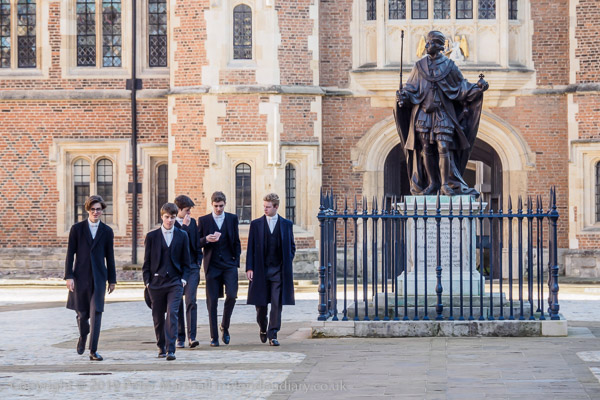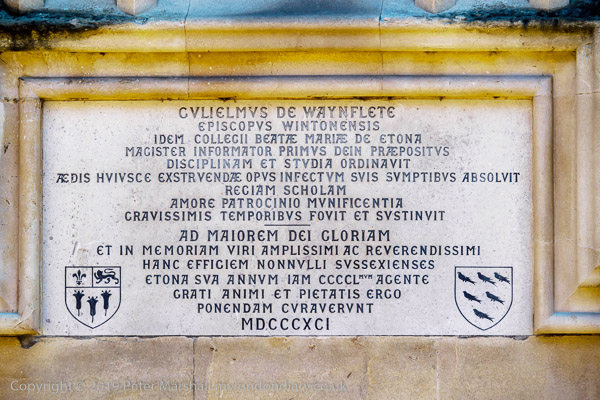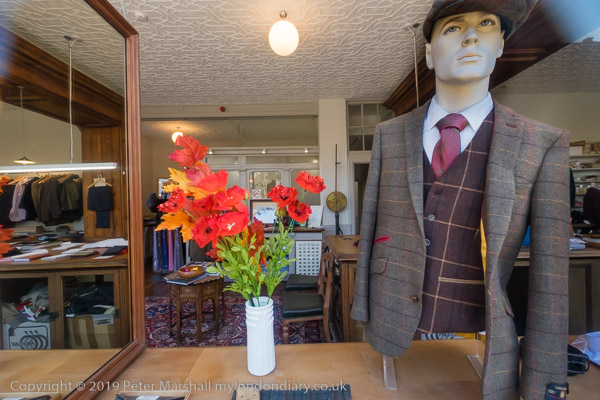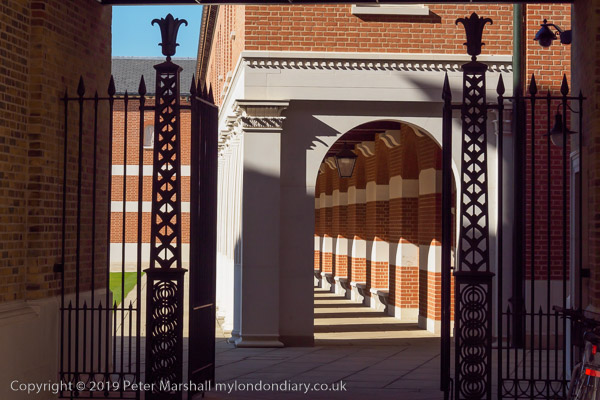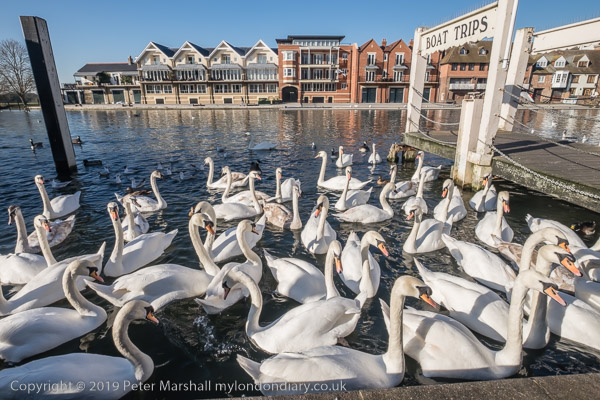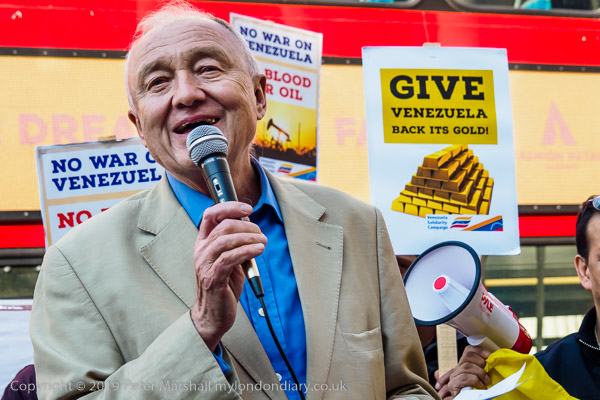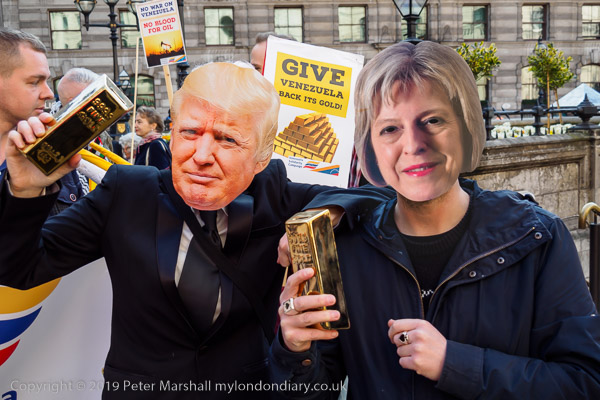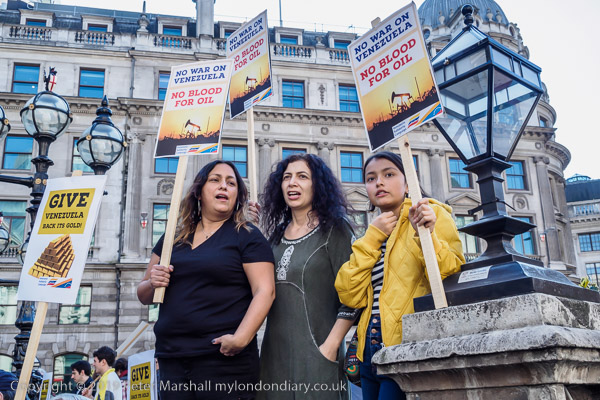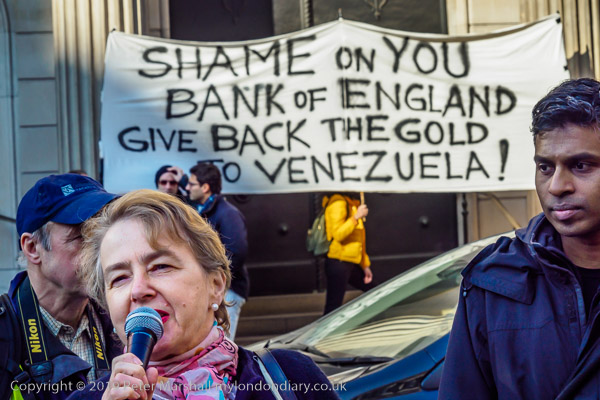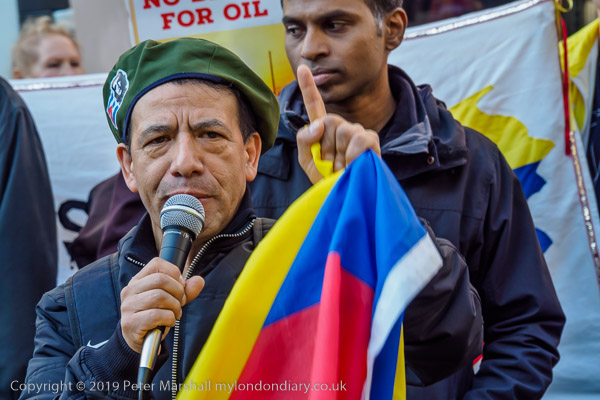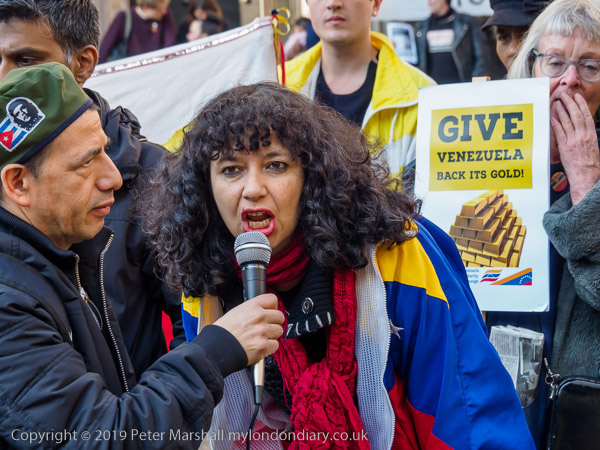What else could a photographer post on the 75th anniversary of the D-Day landings in Normandy but a link to Robert Capa on D-Day, the huge series of investigations into what have since become the iconic images of the event, the 10 or 11 severely undexposed frames made by Capa in the few minutes he spent on the beach before rushing to jump on a boat and get his pictures back to England.
The project, launched 5 years ago today on the 70th anniversary of the event “combines elements of photo history, research in journalism, critical thinking, and media literacy” and the team, led by photography critic and historian A D Coleman of photojournalist J Ross Baughman, photo historian Rob McElroy and military historian Charles Herrick have provided us with a remarkably clear and detailed view of what actually happened on that day and later, in the darkroom and to the present day in creating and promulgating the legends around that handful of pictures.
Doubtless there will be articles published today that retell the invented story of the darkroom mishap, or repeat some of the other fabrications around the pictures made by Capa and others. But knowing the real story – or as much of it as can now be verified – doesn’t in any way detract from the power of the couple of truly iconic pictures.
It seems unlikely that we will ever know who was that ‘face in the surf‘ , though we can now be sure it was none of those who have most publically claimed to be him. I’m not sure we would gain were a positive identification possible – isn’t it better that it remains an ‘unknown soldier’ whose face commemorates the event?
If I didn’t have a busy day ahead of me taking pictures (nothing to do with D-Day) today would be a good time to get out those several books of Capa’s pictures on my shelves and look through them, along with some of the investigations and perhaps a glass or two of wine.
Those of you who would prefer a very much shorter and generally accurate account of the the D-Day pictures you can read Wikipedia’s ‘The Magnificent Eleven’, which also reproduces seven of the pictures.
And should you be in London before 29 September 2019 you can go and see the free exhibition Robert Capa: D-Day in 35mm at the Imperial War Museum, which includes prints of 10 of the 11 photographs taken by Capa on Omaha Beach, as well as “personal accounts and objects related to Allied soldiers who landed that fateful day. ”
